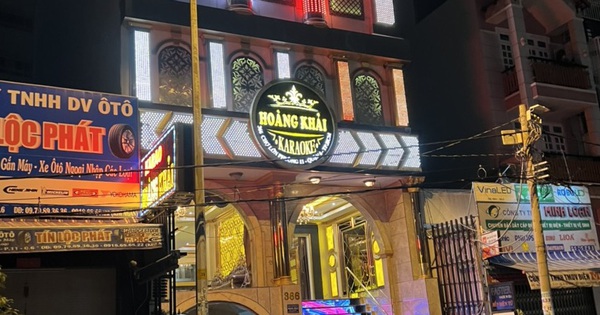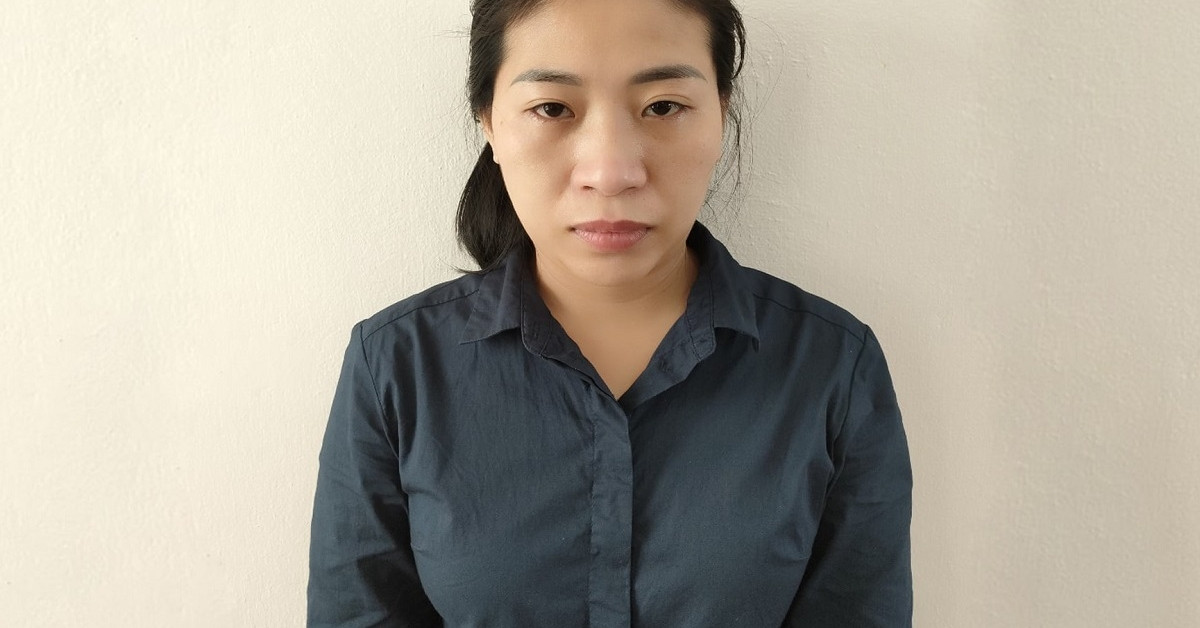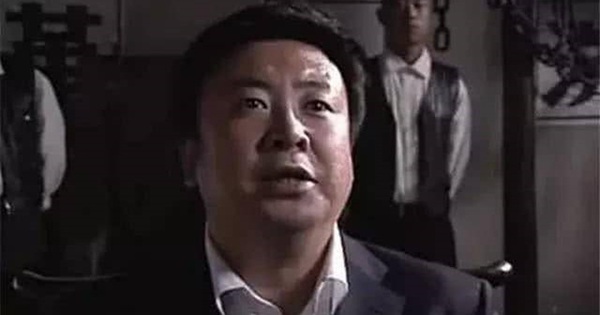Prosecuting the case of a lamp factory that emits hazardous waste
Dong NaiThe investigating agency determined that there were signs of crime when the light bulb factory of Dien Quang company discharged hazardous waste, causing environmental pollution.
On May 21, the police investigation agency of Bien Hoa City Police prosecuted the case Violation of regulations on hazardous waste management occurred at the Lamp Factory of Dien Quang Lamp Joint Stock Company (Bien Hoa Industrial Park 1).
This move was made based on the results of testing samples, documents and evidence – determining that the above unit made mistakes in the management of hazardous waste, which is fluorescent light bulbs.

Police inspect the unprocessed waste cellar on the premises of the lamp factory. Image: Thai Ha
Before that, on April 20, the environmental police stormed the Lamp Factory, catch red-handed Three workers are destroying light bulbs illegally. At the scene, there are nearly 5 tons of glass with chemicals and nearly 370,000 light bulbs that have not yet been crushed and stored in plastic bags and crates…
The functional forces continued to excavate the drainage system and water cellar, and discovered that this factory does not have a local wastewater treatment system. There are about 6.2 tons of fluorescent powder waste during operation since 2015, which is being kept by the company next to the factory.
Police have seized and sealed more than 8 tons of damaged light bulbs, 81 tons of crushed glass, 900 kg of glass mixed with sewage sludge, and more than 32 tons of water arising from the destruction activities.
Initial investigation results determined that water and sludge from the process of crushing waste light bulbs were discharged into the rainwater drainage system. After crushing the light bulbs, the workers used water to wet the fluorescent powder in the bulbs to avoid spreading. This amount of wastewater when settling into the tank forms settling powders. Next, workers collect powdered sediment and pour it into storage tanks inside the warehouse or let it overflow into the rainwater drainage system with a flow rate of 0.5m3/day.
at Blogtuan.info – Source: vnexpress.net – Read the original article here



